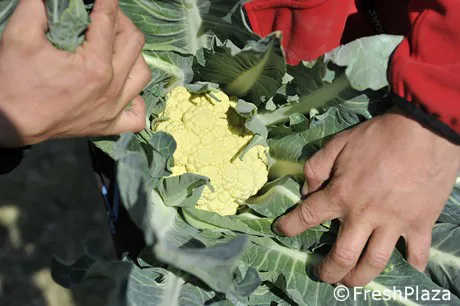
Broccolo di Torbole inflorescence
Producers Matteo Briosi and Ivan Ghezzi, both 23 years old, decided to save this production from oblivion. With the help of Associazione Broccolo di Torbole and of the shops and chains in the Trento area, the produce is also sold at the Verona fresh produce market.
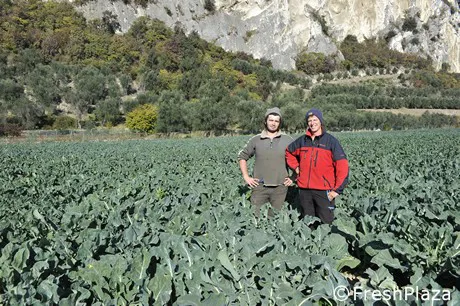
Ivan Ghezzi and Matteo Briosi
"Our produce grows and survives thanks to the two Garda Lake winds - Pelér and Ora. They prevent the temperature from dropping below zero and frost. The broccoli grows on an area covering little over two square kilometres. We are located just above 80 metres above sea level, but we are surrounded by mountains exceeding 2000 metres above sea level."
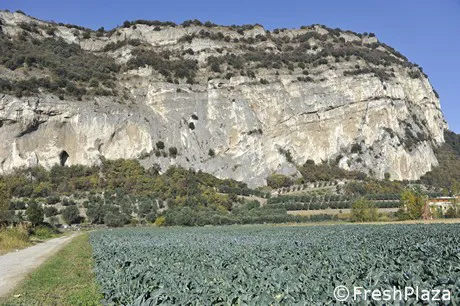
The fact that the temperature doesn't drop below zero is also testified by the olive groves on the mountainsides. Broccolo di Torbole is mentioned in a few ancient documents, but the production had almost been abandoned over the past few decades. It has now been rediscovered and has become a Slow Food Presidia.
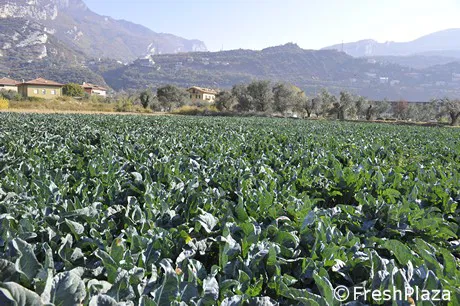
Planting from the nursery is carried out in May and transplants are in late July/early August. Harvesting starts in early November and continues until February. All operations are carried out by hand, including weeding. Earthing up is carried out a month after transplants.
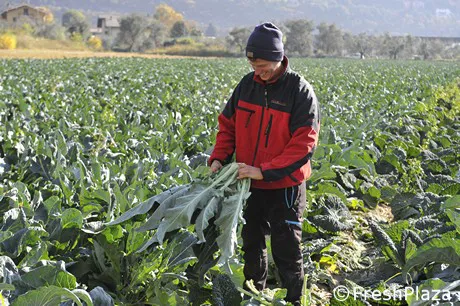
The only external inputs are organic fertilisation with manure before transplants and pyrethrum or bacillus treatments in case of white butterflies or copper against mildew.
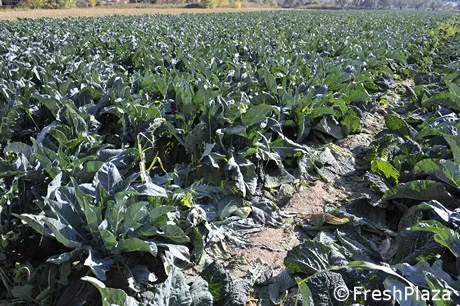
Producers tend to cultivate the crop in rotation with corn and potatoes for improved production. The main problem for the development of this crop is the lack of land. Tourism led to the construction of many hotels and holiday flats, leaving little room for agriculture in this narrow valley.
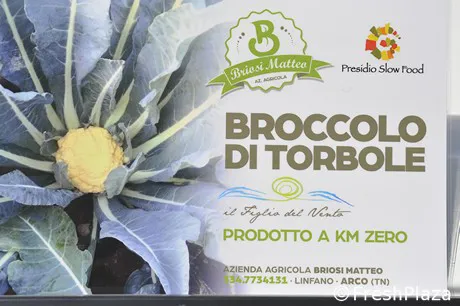
"Harvesting is staggered, we need to inspect which heads are ready to harvest each day. Broccolo di Torbole is a genotype characterised by a low sulphur content, meaning it generates a less unpleasant smell when cooked. Leaves are tender and sweet, so they can be eaten as well," explain Ivan and Matteo.
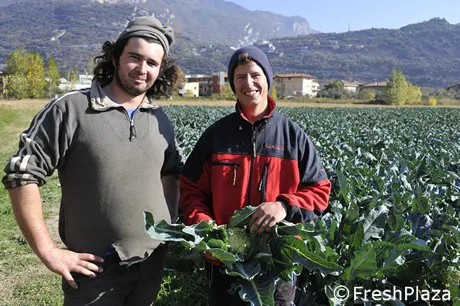
Ivan Ghezzi and Matteo Briosi
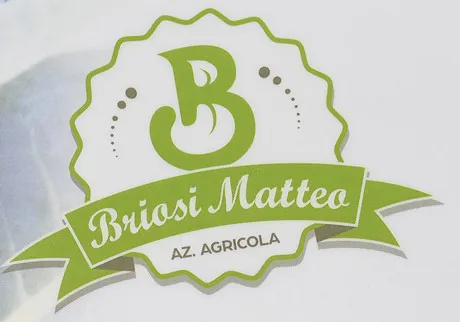 The produce is prepared in 12-head bunches. Prices don't vary a lot because this is a unique production that can be easily distinguished and always exceed €1.60/kg.
The produce is prepared in 12-head bunches. Prices don't vary a lot because this is a unique production that can be easily distinguished and always exceed €1.60/kg.